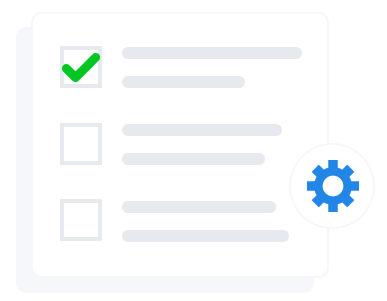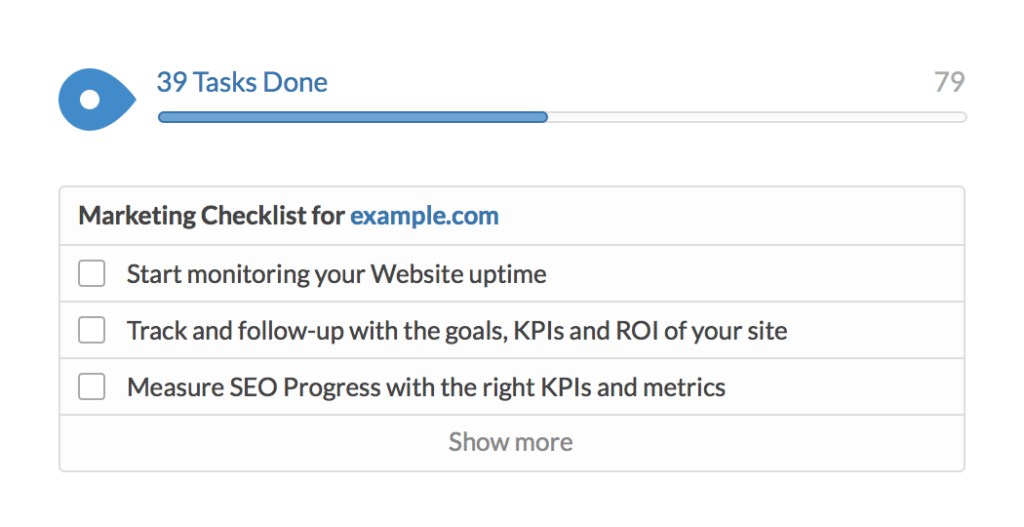Because of the high costs involved, the capital equipment purchasing process is complex for 4 reasons: the number and type of decision makers, the need to carefully evaluate and compare multiple options using financial analysis, the economic environment, and changing tax laws. This blog details these reasons or aspects.
Related content in our capital equipment marketing best practices series includes a Guide to Capital Equipment Marketing, a Marketing Capital Equipment Checklist, a Capital Equipment Marketing Infographic, and 3 Capital Equipment Marketing Considerations.
A Closer Look at Capital Equipment Purchasing
Lets examine some of the aspects of capital equipment purchasing, beginning with the decision-making process. As stated, capital equipment purchasing typically involves multiple decision-makers and influencers including:
• Executive and financial managers
• Technical experts and consultants (sometimes system integrators)
• Project managers
• Purchasing or procurement executives and/or managers
Typically, committees or multiple-functional teams are formed for specific capital equipment projects. The larger the investment, the more decision makers.
Financial Analysis
Capital equipment decision-making is based on the opportunity to generate income or save costs. For capital equipment purchases, extensive and detailed financial analysis is employed. Multiple options are considered and compared via such analysis. Common financial analysis techniques include Return on Investment (ROI), Payback analysis, Net Present Value and total cost of ownership or TCO. Because of the level of investment, alternative financing options are often considered, including lease versus own. Obviously, tax considerations are important.
Economics
The economic environment has a huge effect on capital equipment purchasing activity, and therefore, marketing. Capital equipment is without question, the most cyclical of all categories. When recessions occur, capital spending is often reduced, postponed or cancelled. Likewise, when the economy is recovering from recession, capital spending is often a leading indicator. Related to economics are country-specific tax laws, or changes to the tax law. While the economic environment cannot be controlled by marketing, the economy must be considered when forecasting and budgeting.
Extended Procurement Process
Not surprisingly, all these aspects of capital equipment purchasing result in an extended procurement process. Depending on the level of investment, timing of capital equipment purchasing can be months or years.
Questions regarding the marketing of capital equipment? Contact Modern Marketing Partners for a free capital equipment marketing consultation.
Please comment, bookmark and share this blog with the tools below.


